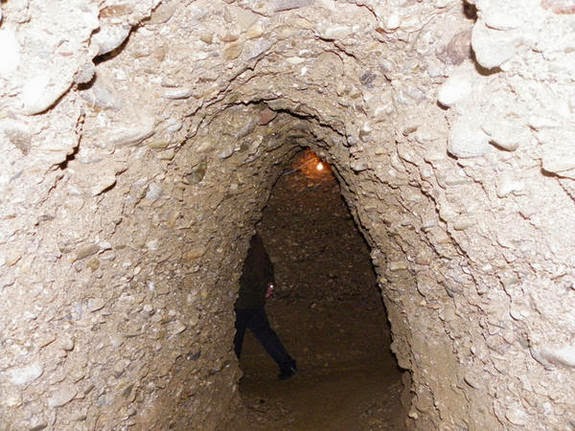1.) BAŠČARŠIJA
The Old Town 'Bascarsija' may be hard to pronounce but it is certainly one of the most impressive and charming market centers in the country. Bascarsija has been a trading and meeting place since the 15th century as caravans from Asia minor, Dubrovnik and the west met here to trade their wares.
Gazi Husrev-Beg raises a madrassa, a library, a haniqah, the Gazi Husrev-Beg Hamam, the Gazi Husrev-Beg bezistan, the Morića Han, sahat-kula and other tourist attractions in Baščaršija. Gazi Husrev-Beg was buried in the harem of his mosque, beside the harem is the Türbe of his freed slave and the first mutevelija of his vakuf Murat-beg Tardić.
2.) MOSTAR
When the Stari most, or Old Bridge, collapsed from tank shelling in 1993 it was like the heart was ripped out of most Mostar natives.
Even mentioning the bridge for years after it fell to the bottom of the Neretva River could invoke tears as it symbolized both the city and the country as a whole. Now, more than a decade later, the beautiful stone structure that had spanned the Neretva River for over four centuries once again arches across its raging waters. The bridge is Mostar's core and its reconstruction means that life is slowly but surely returning to normal in what is most certainly the most beautiful city in Bosnia and Herzegovina.
3.) JAHORINA MOUNTAIN
Jahorina is the mountain range to the southeast of Sarajevo. Its ideal geographical position more or less guarantees three to four months of good ski snow.
Its highest peak reaches 1,910m. The ski lifts climb to 1,894m with fabulous views towards Sarajevo. The slopes of Jahorina are covered in tall pines till about the 1,500m mark.
From there the mountainside is relatively bare with some thick patches of klek, a high-altitude pine that doesn't grow higher than 2m.
4.) TRAVNIK
Travnik is situated in the valley of the Lasva River and bordered by Vlasic Mountain to the north and Mount Vilenica to the south. The early Slav settlers gave little evidence of their presence until 500 years after their arrival to the area around Travnik.
The valley reappeared in 1244, in terms of primary historical records, when the Hungarian King Bela IV gave one of his notables a piece of land in Lasva. By that time, the area was a feudal estate of the Bosnian state.
Although remains from these centuries do not show the wealth the valley had known in Roman times, the era did have its share of castles and mansions. The Travnik Fortress was the most impressive fortress at the time, and still stands out as the best preserved of them all. This era gave Travnik its name.
5.) JAJCE AND PLIVA LAKE
Jajce has had more than its fair share of battles. The town changed hands several times before the independent Bosnian state was finally conquered when the Jajce fortress was the last one to fall to the Ottoman invaders in 1528.
It seemed fitting after so many civilizations had settled and fought over this place that in 1943 the AVNOJ was signed and sealed here in one of the most historical moments of Bosnia's and Yugoslavia's history.
I hope that these few among many other attractions waked up a wish to visit Bosnia even more .....























.jpg)



